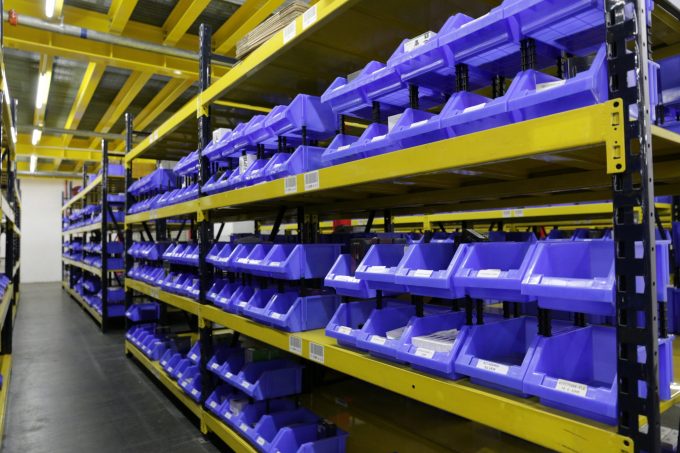Solid interims plus insight from Prologis – Asian 3PLs, inventory & data centres
More of the same but more of the rest too

Shippers and consignees need to brace themselves for a significant increase in US warehousing costs, according to real estate giant CBRE.
It warned that rampant demand, coupled with tight supply and rising construction costs, could drive up warehousing rents by 10% this year.
And the scramble for warehouse capacity is not confined to North America. UK market research firm Interact Analysis predicts double-digit growth in the global warehouse and fulfilment sector over the next five years.
Its analysts expect the global warehouse building ...
Semiconductors could compensate for air freight's lost ecommerce traffic
'It’s healthy competition' Maersk tells forwarders bidding for same business
Transpacific sees first major MSC blanks as rates fall and volumes falter
'Weakened' Maersk paying a heavy price for its lack of fleet growth
US shippers slam USTR port fee plan – 'an apocalypse for trade'
Opposition builds for final hearing on US plan to tax Chinese box ship calls
Despite sourcing shifts, 'don't write-off China', says CMA CGM CCO

Comment on this article